Three-year-olds are like sponges and constantly looking for something to get their hands on! If you’re a parent or caretaker, these learning activities for 3 year olds will keep them busy.
Even better, these fun activity ideas are all constructive and beneficial educational tools to help young children continue to grow.
All of these fun ideas are accessible enough for little hands, or there are sufficient easy modifications to supplement yourself to help anyone complete the fun activities.
Let me know if you try any of these educational activities or what your favorite of these engaging activities is down below!

1. Pom Pom Water Sensory Bin

First on this list of activities is a great sensory and fine motor activity that’s rolled into one, and the best part is that it’s reusable!
The best way to do this great activity is to make sure to dry your pom poms between uses by squeezing out excess water and letting them dry on a towel.
Fill a big enough container with water, add the poms, get some of these scoops or grabbers and have a ball!
This is one of the best hands-on kindergarten activities.
2. Brushing Teeth and Reward Chart

Kids so easily rebel at any age that sometimes it takes effort to ensure they understand just how vital some concepts are.
A great way to help form habits and important skills is to start with a daily activity like brushing teeth and introducing a reward chart.
Charts like this are a fun way to showcase how to build a habit that benefits you in the long run, but up front, there’s a small reward to incentivize the follow-through making it so much fun.
3. Balloon Rocket Science

Kids love science experiments–especially the ones where they can see the effect! You’ll need string, a straw, a balloon, and tape.
Secure the string across the room from you and back up, thread the straw onto the line, and add a piece of tape or two, but leave the tails unattached.
Blow up the balloon as much as you’d like–don’t tie it, just pinch the rear as you go, then place it under the straw and tape the tape to the balloon’s body.
Once prepared, let go of the tail and let the balloon fly across the room via the string-straw line!
4. Pattern Sticks

A pattern stick is great fun and only involves pom poms, a few markers of corresponding colors, and popsicle sticks! Color any sensical pattern on each popsicle stick, followed by three black circles.
The circles are intended for the continuation of colors by pom poms. If you need anything for the activity, I love these popsicle sticks, mini daubers–in place of markers, and course, poms!
5. Phonics Activities

At this time in a little one’s life, it’s excellent to start regularly practicing phonetic activities! This interactive game will really help their oral language development.
Don’t worry about where your child is either; everyone learns at a different pace, and this post is a great starting point for anyone.
Regular practice of these different activities really helps too!
6. DIY Stethoscope

I’m a big believer in teaching children about the real world in small moments, and this stethoscope is no different. It’s a natural way to teach about the body while having fun doing it!
Grab two smaller funnels–these work great, a paper towel roll, tape, and decorate–if you’d like! Tape one funnel on either side, and you’re ready to roll!
7. Printable Letter Crafts
A really fantastic way to teach all things alphabet and endless examples on the internet to buy, download, or inspire!
Do this as everyday activities, or whatever works for your schedule, and talk about the corresponding image that matches each letter.
8. Letter Colouring Pages
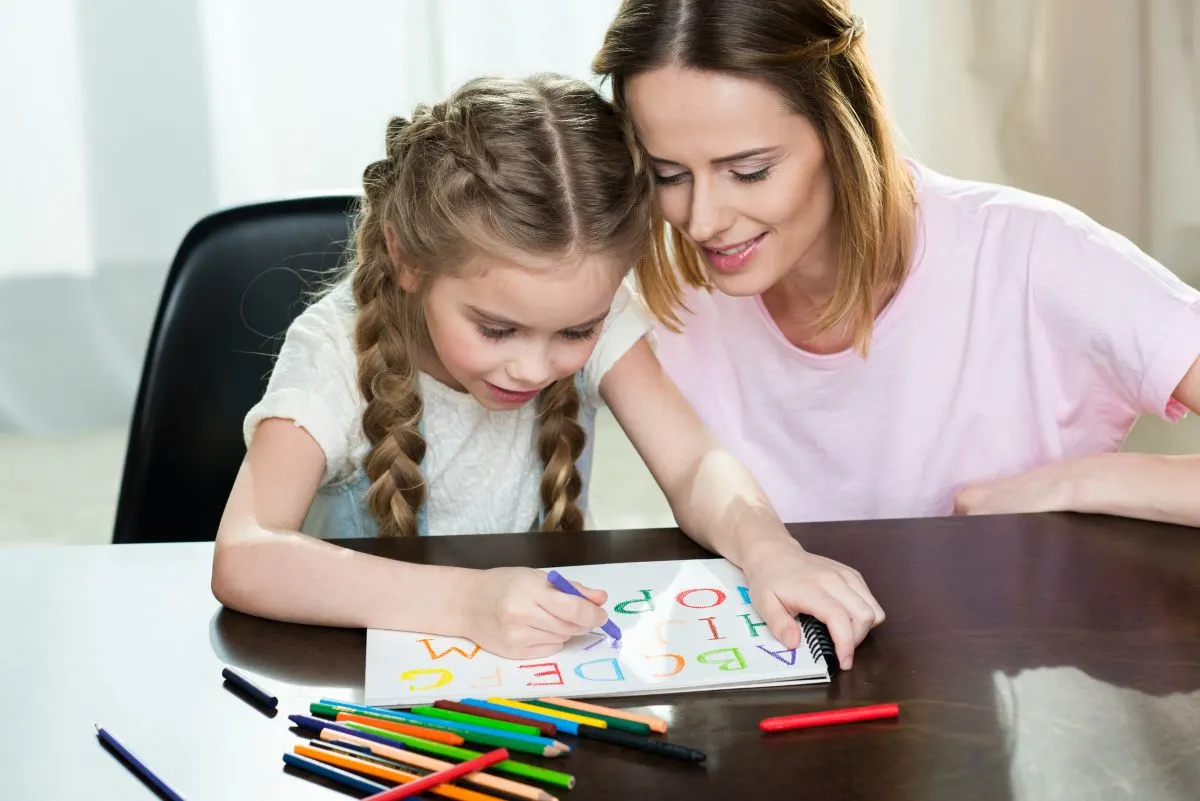
These would be great to work in conjunction with the printable letter crafts! You’ll need some bingo daubers to get the job done.
There are so many pages out there for an activity like this! This website has some fun and seasonal pages.
9. Printable ABC Worksheets

These ABC worksheets are a variation of the previous letter sheets, where you can practice hand-eye coordination, cognitive skills, gross motor skills and writing letters.
Enjoy more ways to keep kids busy and learning with these large group activities for preschoolers!
10. Alphabet Letter Banner
If the crafty alphabet project isn’t your speed, again, there are many options for material for alphabet work. Check out sites like Etsy, Teachers-Pay-Teachers, or even Amazon for materials like this.
Everyone should be able to find something that works for their budget!
11. Oobleck Slime

Your first question may be, “What’s Oobleck Slime?” And it’s nothing scary or pricy; it’s just a Dr. Seuss reference from one of his stories and a great indoor activity for sensory play.
It’s one of the most straightforward slimes–the only ingredients needed are cornstarch and water.
Play around with the amounts, but add the water into the cornstarch slowly; we’re looking for something like a gak consistency.
If you’d prefer a colorful slime–add this food color! Your kids will love trying new things with this sensory activity in many different colours.
Check out these other fun weekend children activities.
12. Popcorn Counting
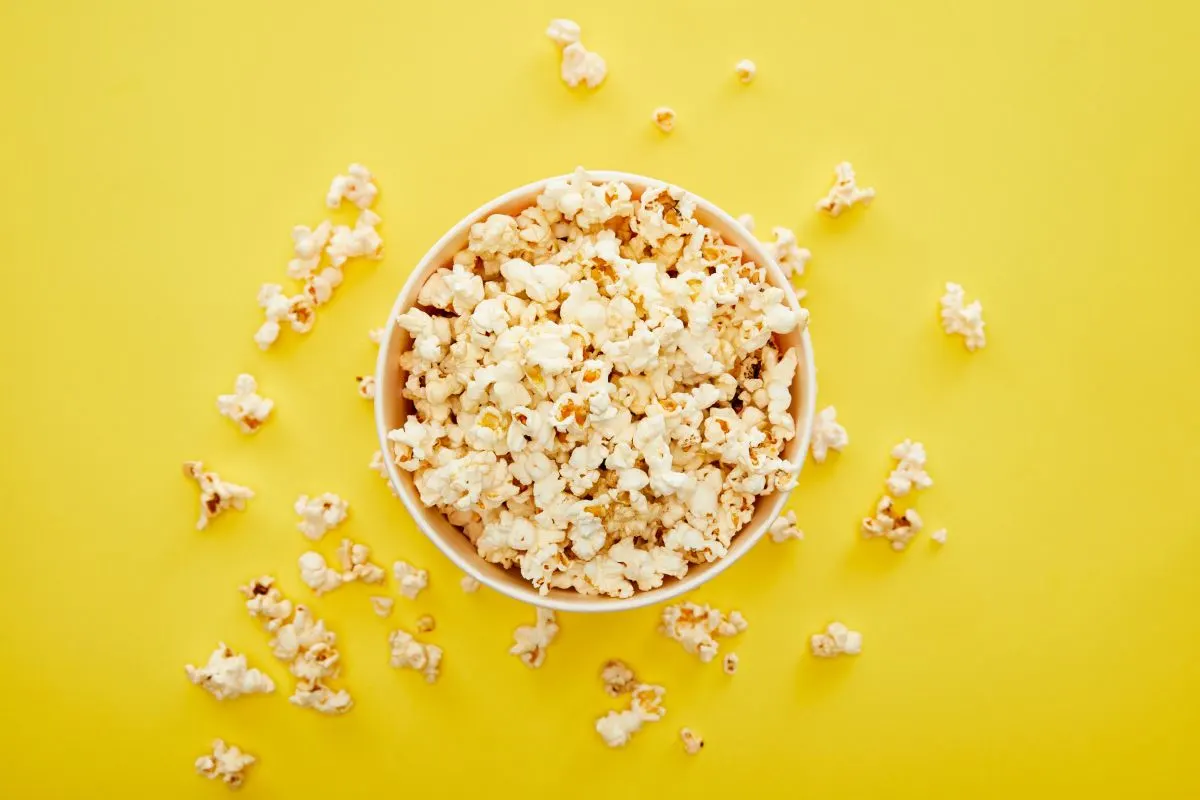
This counting idea is an exciting activity for any kiddo that loves popcorn for a snack! This popcorn counting page is very easy to aid in counting numbers.
Don’t worry if you’re not a popcorn house; with a bit of googling, I’m positive there’s a counting snack page for most snacks.
13. Alphabet Scavenger Hunt
A favorite rainy day activity or an excellent impromptu game to play while out and help little ones stay occupied if they start to get bored.
Downloadable on the web or create one yourself; they can be as easy or complex as you need.
Making a blank document so they can find their own answers to fill in and one with household items they have to search for is a fantastic way to keep this hunt exciting!
You could even laminate the fill-in one, so you save paper! This is a good way to still have physical activities on a rainy day!
14. Rainbow Ten Frame Matching

Ten frame matching games are life-changing!
This rainbow one gets very loved in our house, but again, there are so many ones out there, find one with a favorite character, a season, or anything that will help entice your little one to stay engaged.
15. Flashcards in Spanish
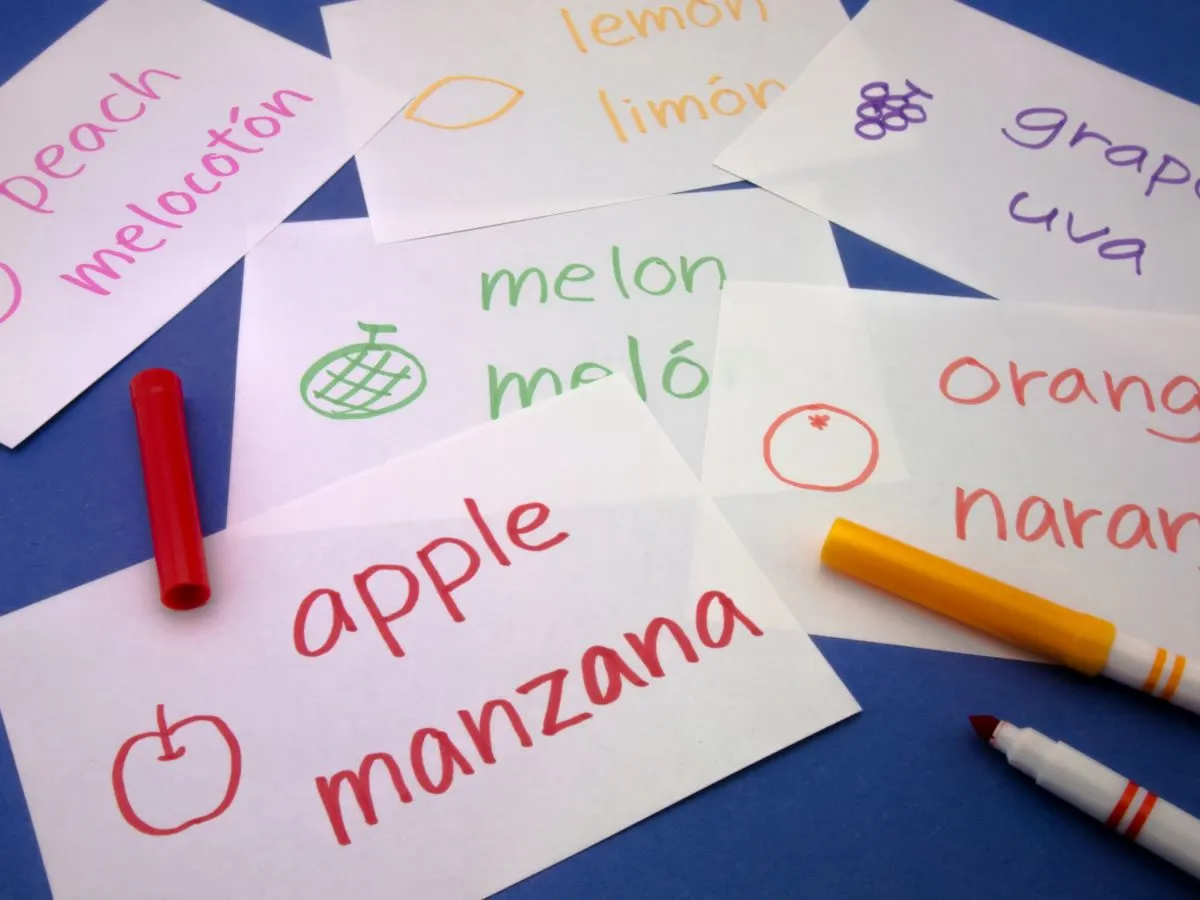
Experts say that younger brains are able to learn multiple languages easier than adult brains.
Kid brains are growing and absorbing anything around them while adult brains have developed to completion, and a little harder for us to pick up a new skill.
So, whatever language you speak–try a new one out with your child, even if it’s just the alphabet.
We decided to pick Spanish and wrote the alphabet out on note cards–one letter to one card–and the phonetic sound on the backside. Have them practice as much as they’d like!
16. ABC Dot Marker Printable
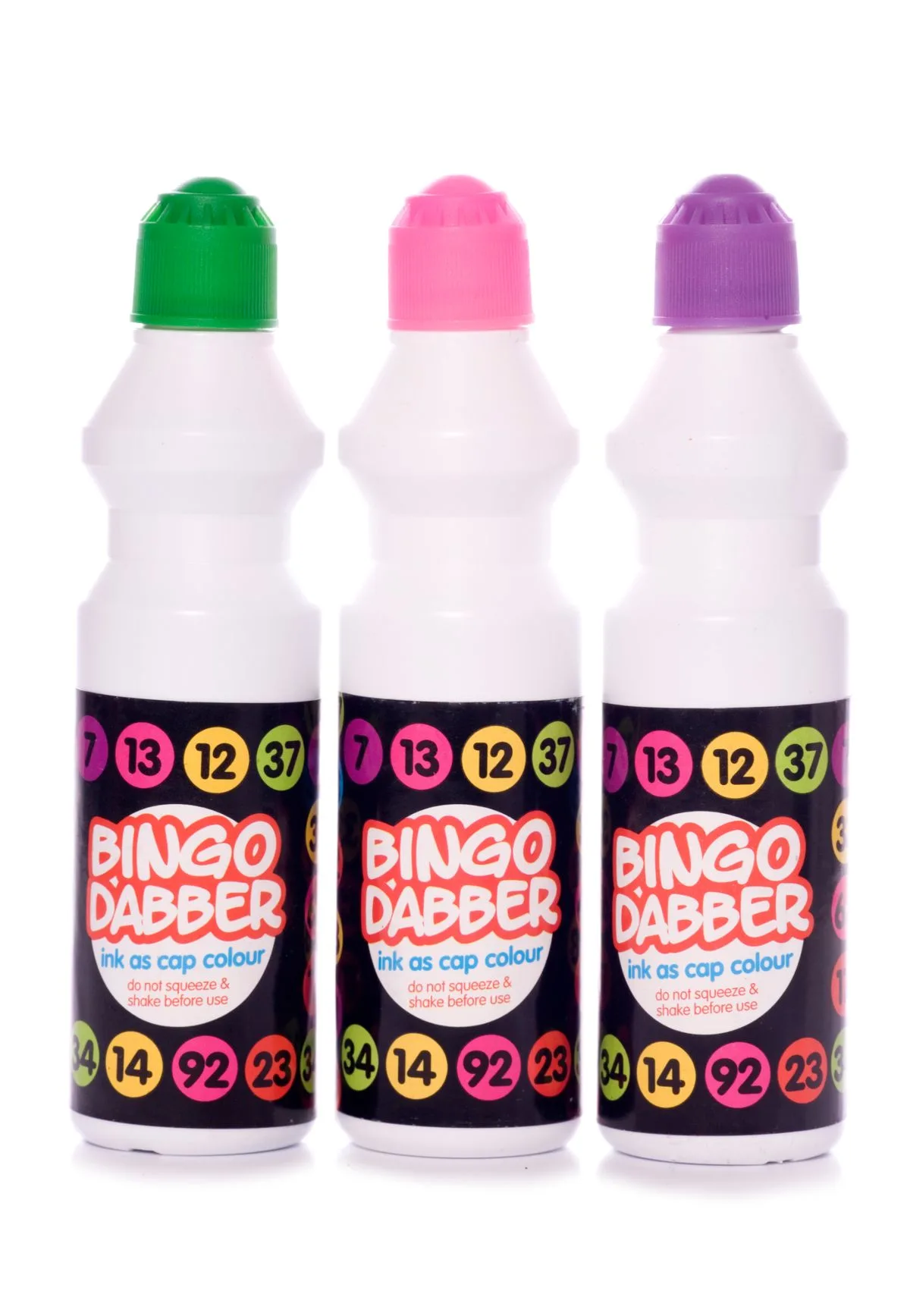
These free ABC dot marker sheets are fantastic for practicing more fine motor and hand-eye coordination! You’ll need bingo daubers, pom poms, or another item to fill in the circles in each letter.
17. ABC Spanish Bingo
We’ve paired this ABC Spanish Bingo sheet with our practicing of Spanish! It’s all letter based, easy to read, and has become a staple!
Take a look for any alphabet bingos online, or make your own! Grab a ruler to make those lines are straight.
18. Interactive Alphabet Book

A project, but completely worth it–this interactive alphabet book! The book is a great conversational tool to practice phonetics, order, and so much more.
If you’re not in for the craft, check your local library or bookstore, they’ll have great recommendations for you.
19. Colour Mixing Activity
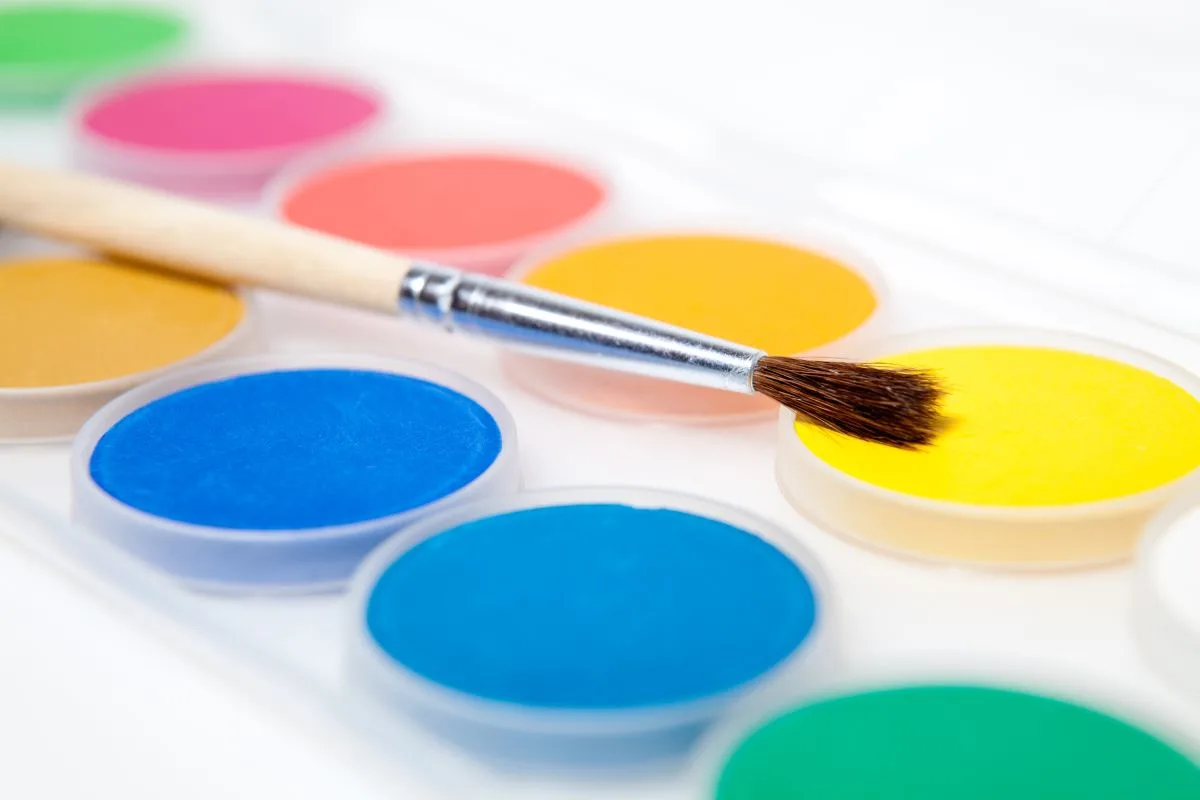
Paints will work best for this experience–these are great and washable. A great trick for our messier pals is to add different colors into small zip locks so they can still see the effects but not have a major cleanup.
Grab or make a worksheet with the idea that (color one)+(color two)=(new color/color three).
20. Construction Sensory Bin

A sensory bin has proved to be a beneficial learning tool for children mentally, physically, and emotionally.
Pair a container with a book with different tactile accessories to be able to ask a child questions while reading together.
Recently one of my friends did a construction-themed one for her little one, and it was such a hit as they read a book about construction.
21. Alphabet Flash Cards

Like the Spanish cards, English flashcards are a stellar way to practice any letter-related concept. Make your own, or grab these super cute affordable ones!
22. Ice Cream Summer Craft

Counting activities are fun year-round! This ice cream template is a great one to break out and maybe pair it with a scoop of ice cream post-exercise; we’ve done it, and they loved it.
Each sheet has a certain amount of colored dots on the side. The child’s job is to count the dots and add the corresponding amount of scoops, and bonus, if they get the pattern right too!
23. Catching Bubbles Motor Activity

Bubbles are endless entertainment, frankly, for almost anyone at any age! A cool way to use bubbles to teach how to control our fine motor skills is by catching a bubble without it popping.
Whether it reaches the palm of their hand or re-attaches to the bubble wand, showing children how to be gentle through bubbles is fun. This is one of the best outdoor activities.
Keep enjoying the outdoors with these free outdoor activities for kids!
24. ABC Magnets

The fridge can be a great place to work on easy concepts like communication skills, and memory skills like matching and letter recognition.
You’ll need a set of alphabet magnets like these for these simple activities, a sheet of paper to trace them, and either tape or magnets with a sticky backing.
Trace the alphabet letters on your piece of paper with a marker and cut them out. Put them onto the fridge with either the magnets or tape, and then let your little one practice matching!
25. Baking Soda and Vinegar Process Art

As a mixture of an art project and a science experiment, these hands-on activities are more for exploration than anything else.
You will definitely need baking soda and vinegar, but you’ll also want to do this in a cleanable area with cleanable accessories.
Add food coloring to the vinegar and let your kids drip, pour, spray, etc., to the baking soda. Use any household items like straws, extra eye droppers, etc.
26. Numbers Playdough Mats

You can make your own placemats with someone practicing numbers, or grab these free mats and print em! Have your child practice the number on the mat by making a Play-Doh version by hand.
27. Stacking Cups Stem Challenge
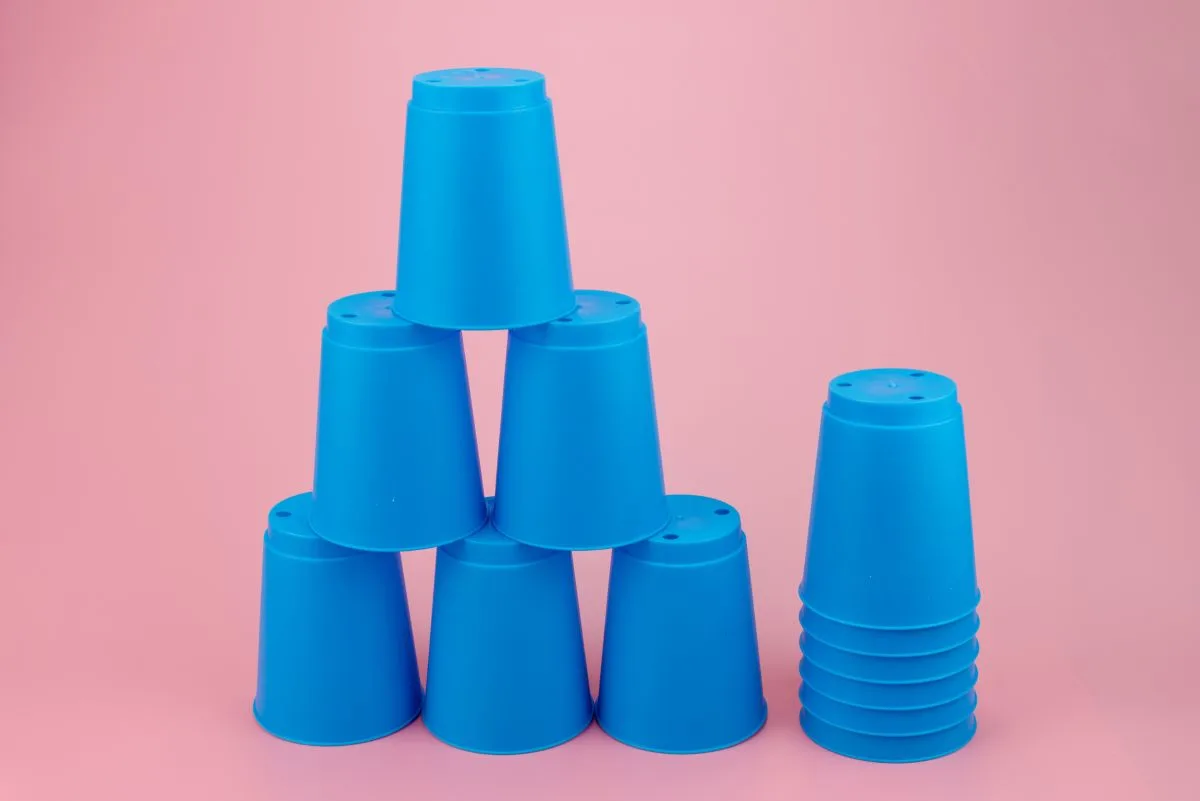
One of the easiest Stem activities out there for youngsters is building a tower for a small toy to stand at the top. Plastic cups, thick popsicle sticks, or long strips of cardboard–whatever you have on hand.
The goal is to build the highest they can go without tipping the structure over and to place the toy on top.
28. Rainbow Cookies

Rainbow cookies are a sweet way to showcase intentional organization and practice order of operations.
There are many recipes out there with all dietary needs met; Google what you may need, and feel free to share pictures if you try this one out!
Looking for more fun things to do with your preschool aged girls? Try the preschool games for girls!
29. Don’t Break The Ice Alphabet Game
For this activity, you will need this game–which is a great time, I promise! Label all the cubes with a different letter of the alphabet and some alphabet flashcards.
Let the games begin!
30. Geo Board

If you’re unfamiliar with a geoboard, they look like a peg board with raised hooks to attach rubber bands to. It’s a practice in fine motor and picture matching if they work from a flash card.
They work wonders for dexterity too. If you’re looking for one, this one is great to start practicing.
31. Lion’s Mane Cutting Activity
Cutting exercises are a staple in early childhood education.
There are downloads available online, but a pretty simple way to accomplish this activity is to grab a paper plate, a sheet of yellow or orange construction paper, glue, and some coloring utensils.
Draw lines across the paper for your kid to cut on the line, and adjust the size as needed.
After, have them glue the strips to the backside of the plate going around the circle and then help them draw their lion face or let them color their own lion face.
32. Letter C Craft

Talk to your little one about what starts with the letter “C” for the letter C craft. Once they’ve shared the word, draw the picture together (or print it out) and glue it onto a big bubble letter C.
You could do this for any letter, or you could make this into a name activity.
33. Colour Sorting Eggs

This sorting activity is egg-cellent for fine motor and, of course, matching for any student! You’ll need pom poms, corresponding colors in felt or paper, and some grabbers.
Have them pick up a pom, sort it into the corresponding color area, and continue until finished.
34. Feed the Shark Ocean-Themed Learning
This shark printable is excellent if you want a more advanced sorting option! There’s a smaller opening in the mouth that the sorter has to be a little more intentional about placement.
The shark option does require some assembly, but making the acceptable motor activity a little more complex as the user gets better can only help as the kiddo learns!
35. Lego Dumping Sorting

I’m not sure how anyone else feels, but I feel like little kids love dumping anything onto the ground, and if you can’t beat ‘em, why not join ‘em?
If you have a dump truck toy, great; a big enough bowl to pretend that it’s a dump truck is also great–whatever works for you all.
Grab a handful or two of Legos and put them in your container, bring them to the child and do the whole bit–make the beeping noise, dump the entire thing dramatically, and have them get to work.
Have them sort them into bins or just group them in color piles, if the sorter needs it, corresponding colored bins or signifiers to place colors in specific spots.
This sorting activity can be as structured as it needs to be for your learner.
36. Ice Cube Colour Mixing

Another exciting and hands-on experiment that takes a bit of time to complete is ice cube colour mixing.
You’ll add water to an ice cube tray and drip a few drops of different dyes into each square, make sure to mix well.
Once the squares have frozen, add contrasting colors to separate glasses–two different colors each. Have your kids record the colors in each cup and their guesses for when the two colors melt together.
37. Math Bites
Snack time, as mentioned above, is an excellent time for teachable skills; math is the most common one to try out.
Grab some math mats online or make your own and try some simple equations the next time you break out the snack foods!
38. Squishy Colour Sorting Sensory Bag

Sensory time is so absolutely important in a young child’s life. Their brain starts to observe and collect knowledge in any way possible.
Sensory activities help refine all the senses in different but essential ways to support reasoning, problem-solving and more. A bag form is mess-free and can be taken on the go too!
Color polka dots on a paper sheet and slide them into a ziplock along with buttons and hair gel. Tape the whole thing shut and let your little one match at home or anywhere else!
39. Oil and Water

Another cool experiment that the kids will love! We’ll need disposable clear cups, oil, water, and food dye.
Fill an ice cube tray with water, add food coloring to each square, and stick it in the freezer for a couple of hours.
Once frozen, have them add two colors to each cup and let them record or take guesses of what the combinations will become.
A great way to record data is to leave sticky notes in front of each cup. Write down the original color combinations and the guess of the final color below!
The purpose of the exercise is to evoke critical thinking and questions. Cater this experiment however you see fit for your children!
40. Umbrella Counting and Colour Sort
There is a little assembly required here, but the results are super adorable! You’ll need a few different colors of construction paper, pipe cleaners, scissors, and glue.
First, we’ll cut the umbrella shapes out. Feel free to print something out and trace it; I did a rough free hand on cardstock and used it as my stencil.
After you get all the umbrella tops traced and cut out, you can write, use stickers, or any other method to put numbers onto the paper.
Then, we’ll want to attach the pipe cleaners to the umbrella backs–tape may work better here. Finally, cut out the coordinating amount of colored shapes to each umbrella and its number.
41. Salt Writing Tray

As simple as it sounds, grab a tray and some salt (or any other bulk material you’re good with using). Pour the salt into the tray and use flashcards to practice writing letters.
This idea is a very lowkey but exciting way to practice and includes some bonus sensory to boot!
